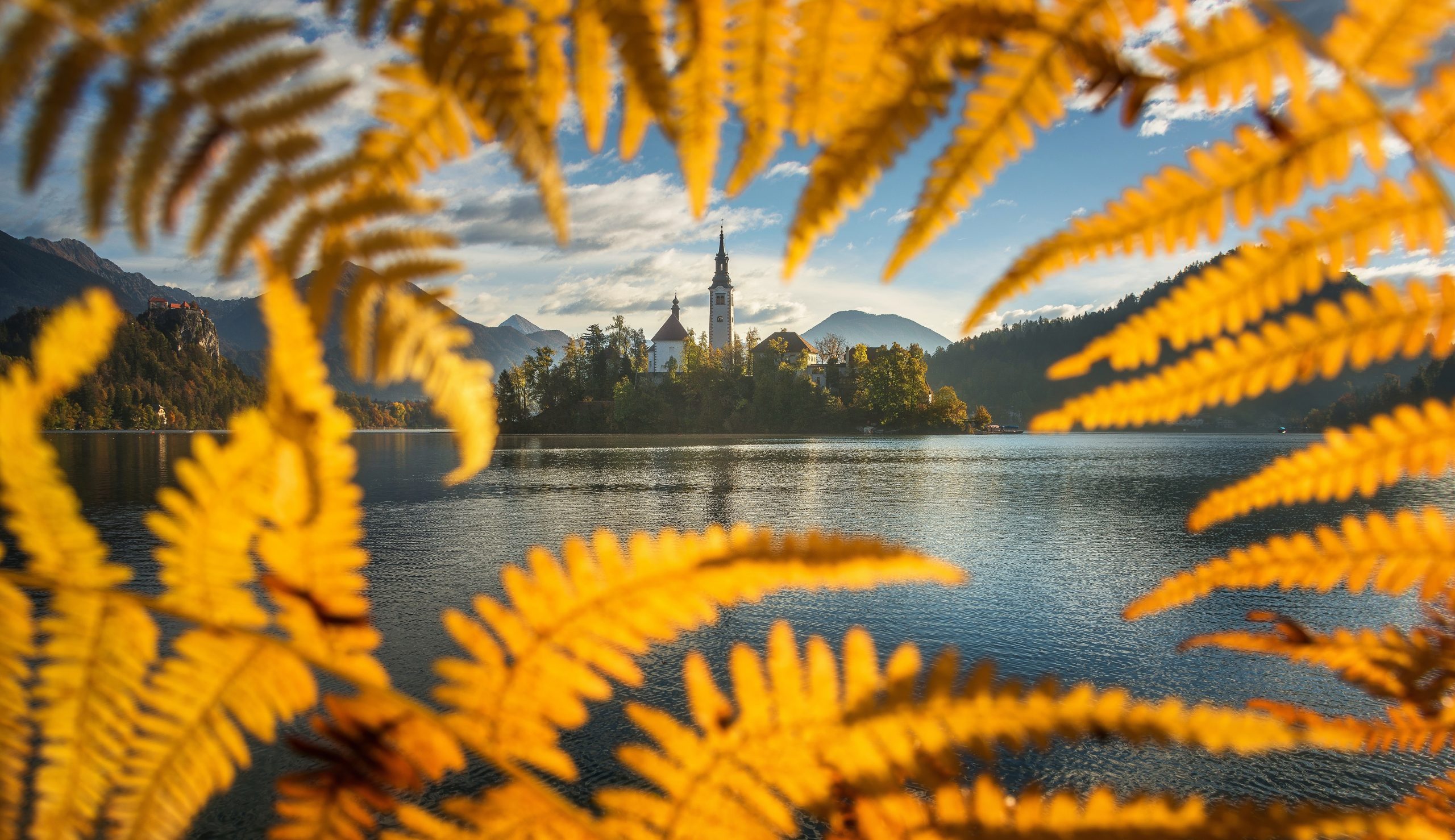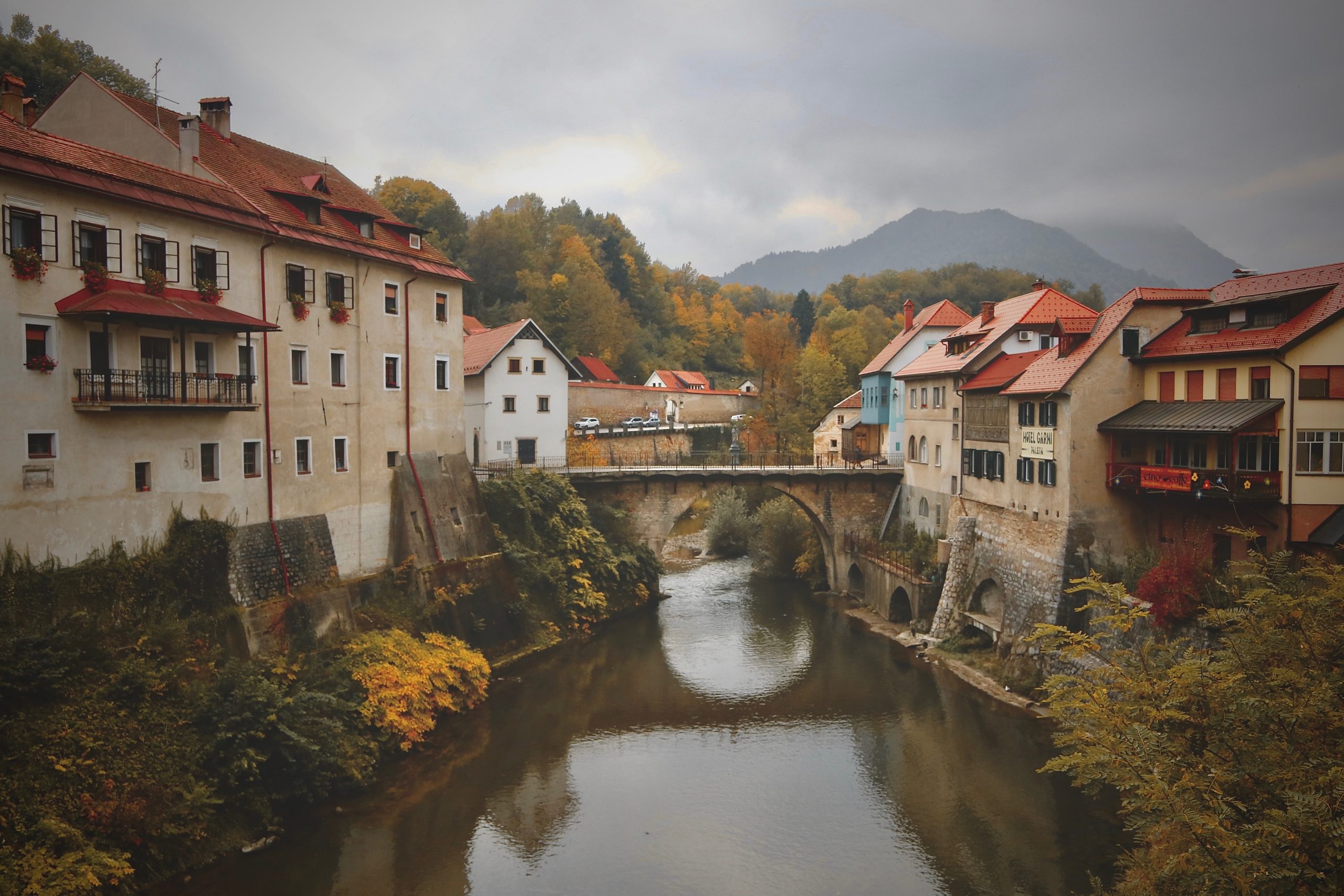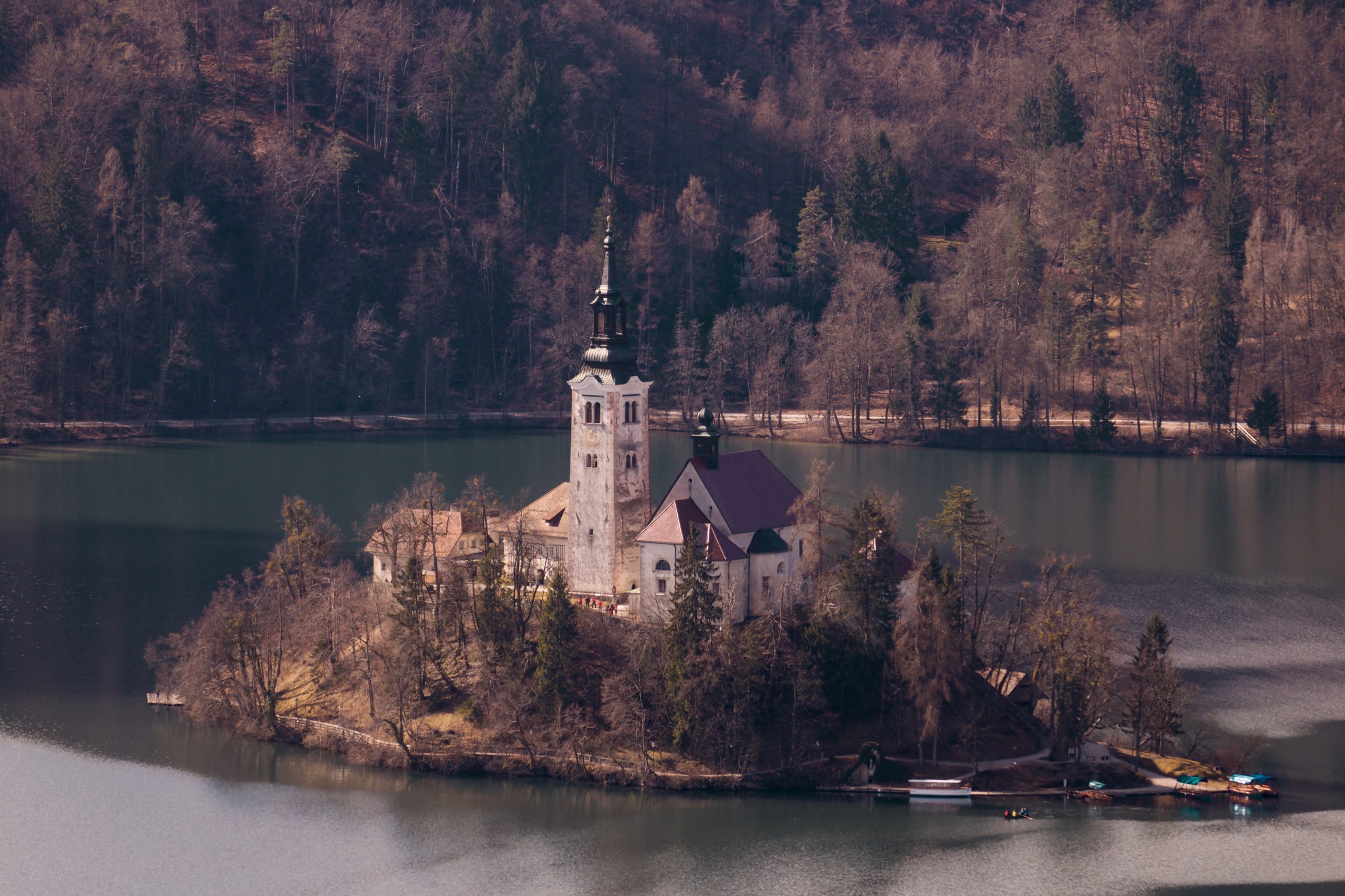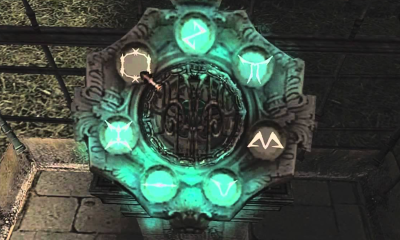Travel
Best places to see in Slovenia – Your travel guide

It is a Central European country. It is officially known as the “Republic of Slovenia.” Slovenia is a mountainous and forested state. The land area of the state is 20,271 square kilometers, and it has a population of 2.1 million. Out of which 300,000 are who live in Ljubljana, the capital and largest city. Slovenes make up the large bulk of the population. Slovenia is one of the most civilized economies.
It has a developed high-income economy and a high Human Development Index score. Moreover, it is famous to be one of the lowest rates of income inequality in the world. Slovenia is forested for more than half of its area, placing it third in Europe by the percentage of the forested area behind Finland and Sweden. The area is heavily covered by beech and beech-oak forests and has a high production capacity. Also, it would help if you visited it to see the best places in Slovenia.
The best part is that Slovenia’s architectural legacy comprises 2,500 churches, 1,000 castles, ruins, and manor houses, as well as farmhouses and hayracks, which are peculiar constructions used to dry hay. Too much to discover for one trip.
Best places to see in Slovenia:

In Slovenia, the medieval and Baroque edifice on Bled Island is the most attractive church for photographers. Above the lake, the castle houses a museum and a café with a view. The Predjama Castle, largely buried in a cave near Postojna. It is a stronghold worth visiting.
Unique artifacts such as the Divje Babe Flute and the world’s oldest wheel can be found at museums in Ljubljana and abroad. Ljubljana’s architecture includes unique places like medieval, Baroque, Art Nouveau, and modern styles. Plenik’s architecture is also unique as his unique walks and bridges along Ljubljana are noteworthy.
Our recommended list for Slovenia:

With a lot of research, some of the best places to visit in Slovenia will make all of it worth having a trip.
1. Ljubljana
It is the capital city of Slovenia. You can explore many things here. The Dragon Bridge, the Butchers’ Bridge, the Triple Bridge, the Fish Footbridge, the Cobblers’ Bridge, the Hradecky Bridge, and the Trnovo Bridge are among the most well-known bridges in Ljubljana.
Slovenia’s National and University Library is the country’s national and university library. It housed over 1,307,000 books, 8,700 manuscripts, and a variety of other textual, visual, and multimedia resources, totaling 2,657,000 volumes in 2011.
Some of the famous spots that you can visit are as under:
-
Ljubljana Castle:
It is a barbaric castle on the summit of Castle Hill, which dominates the city center, with Romanesque, Gothic, and Renaissance architectural works. The Margraves, subsequently the Dukes of Carniola, lived at the castle, which was built in the 12th century. Furthermore, the Viewing Tower was built in 1848 and was guarded by a guard whose job was to fire cannons to warn the city of a fire or to announce significant visits or events. It is a service that the castle still offers today. Weddings and cultural events are also held there. A funicular has been connecting the city center to the castle atop the hill since 2006.
-
Town Hall:
The base of the City Municipality of Ljubljana is Town Hall, which is located. In 1484, the original structure was constructed in the Gothic style. The architect named Gregor Meak Sr. renovated the house in the Baroque style. It was inspired by Venetian influence between 1717 and 1719.
An exact copy of the Baroque Robba Fountain is near Town Hall in Town Square. The view will blow your mind. In 2006, the original was relocated to the National Gallery. Moreover, the Robba Fountain is adorned with an obelisk at the base of which are three white marble figurines representing Carniola’s three major rivers. Francesco Robba, who also created a number of other Baroque monuments across the city, created it. The best place to see it is in Slovenia.
-
Ljubljana Cathedral:
Ljubljana Cathedral, also known as St. Nicholas’ Cathedral, serves the Archdiocese of Ljubljana. It is located at Cyril and Methodius Square, near the local Ljubljana Central Market and Town Hall. Also, it is easily visible because of its green dome and twin towers.
Andrea Pozzo, a Jesuit architect, created the Baroque church with two side chapels in the shape of a Latin cross between 1701 and 1706. In the year 1841, the central dome was constructed. Giulio Quaglio created Baroque frescos in the interior between 1703 and 1706 and 1721–1723.
-
Nebotinik:
It is a thirteen-story structure with a height of 70.35 meters. It basically mixes Neoclassical and Art-Deco architectural features. Nebotinik is primarily a place of business, with stores on the first level and offices on floors two to five. There are Private homes also that are located on the sixth through ninth floors.
You can visit some fun places there, such as A café, bar, and observation deck, which are located on the top three floors. Also, the building’s construction was completed on February 21, 1933. For a period, it was Europe’s tallest residential skyscraper.
2. Lake bled:
The lake is made up of a combination of glacial and tectonic processes. It has a small island that is 2,120 meters long and 1,380 meters broad. Mountains and trees, creating a beautiful setting, surround the lake. It is one of the best places to see in Slovenia.
The museum at medieval Bled Castle, which towers above the lake on the north coast, is open to the public. The Valley of Zaka is located near the western end of the lake. Lake Bled has a very interesting part in hosting the World Rowing Championships in the years 1966, 1979, 1989, and 2011. Moreover, you will enjoy this beautiful lake with its astonishing beauty. You might also go horseback riding along the lake’s banks, rent a rowboat to explore the water or hike 15 minutes to Bled Castle, which dates from the 17th century and offers spectacular views.
3. Maribor:
Maribor is the second-largest city in Slovenia. It is home to many historical structures. That you will treasure, surprisingly. The Judgement Tower, the Water Tower, and the Jewish Tower are the most visible of the city walls that surround the historic downtown. These are worth visiting places.
Maribor Cathedral was constructed in the 13th century. Maribor Synagogue is Europe’s second-oldest synagogue, dating from the 14th century. It plays its part as a focal point for cultural events. Maribor Castle, Betnava Castle, and the remnants of Upper Maribor Castle on Pyramid Hill are all notable benighted structures. The Plague Column was built in the Baroque style, whereas Town Hall was built in the Renaissance style.
Maribor City Park contains the City Aquarium and Terrarium, as well as a wide walkway leading to the Three Ponds, which comprises over 100 local and foreign deciduous and coniferous tree species.
4. Koper:
Koper fifth largest city in Slovenia. In addition, Koper is one of the primary road entry points into Slovenia from Italy, which is located to the municipality’s north. The city square in Koper is home to the Praetorian Palace, which dates from the 15th century. Also, it has been reconstructed several times before being completed as a Venetian Gothic palace. It now has great importance as the tourist information center for the city of Koper. It is one of the best places to see in Slovenia.
The Assumption Cathedral in the city was built in the second part of the 12th century and comprised of one of Slovenia’s oldest bells from 1333, made by Nicol and Martino. Moreover, the upper terrace, which is open on occasion, has a fantastic view of Trieste Bay. The Sacra Conversatione painting by Vittore Carpaccio, one of the outstanding Renaissance artworks in Slovenia, hangs in the center.
By the Koper Marina, a free public access beach is ideal for swimming or simply enjoying a picnic in the sun.
Kranjska Gora:
In the winter, Kranjska Gora is a great destination to go skiing, but even if skiing isn’t your thing, Kranjska Gora will always welcome you. It is a small town in Slovenia’s northeast, surrounded by rugged mountains that rise to almost 2000 meters above sea level.
Kranjska Gora is easily accessible from surrounding countries due to its proximity to the Austrian and Italian borders, and Highway links make it convenient to visit from Slovenia’s heartlands. Furthermore, it is only 85 kilometers from Slovenia’s capital, and you’ll be able to cover the distance in under an hour because you’ll be driving on Slovenian highways virtually the entire way.
If you have no clue how to ski and want to learn, go to one of Kranjska Gora’s many skiing or snowboarding schools. You can also go sledding on the hills.
6. Celje Castle:
It is situated on three hills southeast of Celje, where the Savinja River flows into the Lako valley. The castle is now undergoing restoration. It was formerly Slovenia’s most important fortification. Celje Castle is a one-of-a-kind fortification object with multiple layers of history.
During the summer, a live history program is held there. Also, that provides visitors with an immersive experience in which they may participate in sword fighting with knights, bow shooting, and flirting with princesses. Also, the castle is transformed into a genuine medieval festival on the last Saturday in August.
Walking around Old Celje, the old downtown where you can meander along cobblestone streets, dine at local cafes, and appreciate the traditional architecture throughout the city, is the ideal way to spend a day in Celje. It is one of the best places to see in Slovenia.
7. Ptuj:
The city of Ljubljana, Slovenia’s oldest recorded settlement, has had a lot of population since the late Stone Age and grew out of a Roman military fort. Moreover, Ptuj was at a strategically important Drava River crossing on a prehistoric trade route between the Baltic and Adriatic Seas. It is one of the best places to see in Slovenia.
The settlement’s parish church is a dedication to Saint George and is part of the Roman Catholic Archdiocese of Maribor. It’s a three-nave Gothic edifice from the 13th and early 14th centuries. But it incorporates remains of an even older structure from the mid-9th century.
The Orpheus Monument, which takes its name back to Roman times, the Ptuj Grad, or castle, houses an accumulation of art and artifacts in the Town Hall, which takes us back to 1907. Also in the 13th century Dominican Monastery, which is now the city’s largest museum, are some of the city’s most popular attractions today. The thermal springs, which are ideal for relaxation and the yearly carnival event known as Kurentovanje, are also worth visiting in Ptuj. Here are some statement places of this town:
- Ptuj Castle
- St. George’s Church
- Little Castle
- Ptuj Town Hall
- Ptuj Town Theatre
- Town Tower
- Dominican monastery
- Orpheus Monument
- Franciscan monastery
- Upper Mansion
- St. Oswald’s Church
8. Pokljuka Plateau:
The Alpine Pokljuka Plateau, which has become one of Slovenia’s emblems of ecotourism, is just a short walk from Lake Bled. Furthermore, the Triglav National Park’s forested plateau is one of the most beautiful regions, with various simple and strenuous hiking and riding trails.
The plateau itself is located between 1,100 and 1,400 meters above sea level. Moreover, it is 20 kilometers in length and nearly the same width. Swamps and marshes interrupt the view of the karst terrain here and there. There is a division between the Pokljuka and the administrative regions of Bled, Bohinj, and Gorje.
Even though the plateau is fantastic and becoming increasingly famous, few people are aware of it. As a result, it is a great place if you want to spend some time with your loved one or simply want to withdraw from the gaze of the world.
9. Škocjan Caves:
The Skocjan caves are the cave system in Slovenia. Skocjan Caves, one of the world’s most important caves, is the most prominent underground phenomenon both on the Karst Plateau and in Slovenia.
The Caves have a total length of 6,200 meters, and they have a composition of the 300-meter thick layer of Cretaceous and Paleocene limestone. Also, you can differentiate it from other caves by the enormous volume of the subterranean canyon, which makes it one of the world’s most famous underground features. Furthermore, it is the best place for people who love hiding and exploring new places. Also, it is one of the best places to see in Slovenia.




















